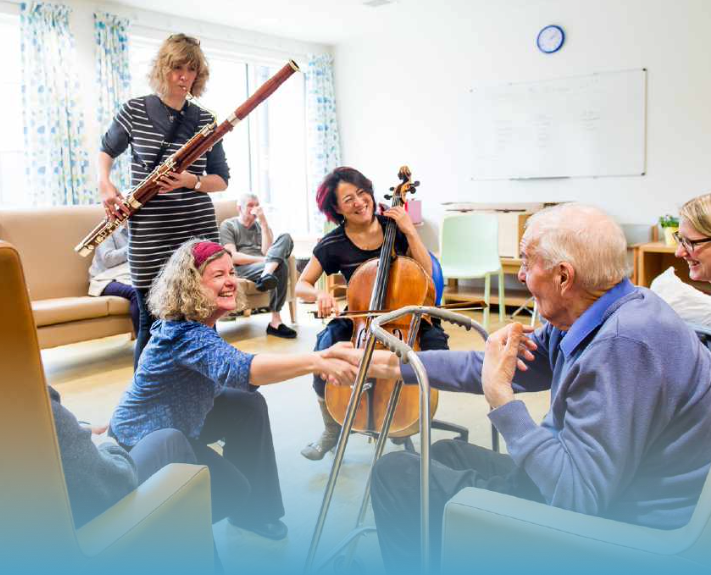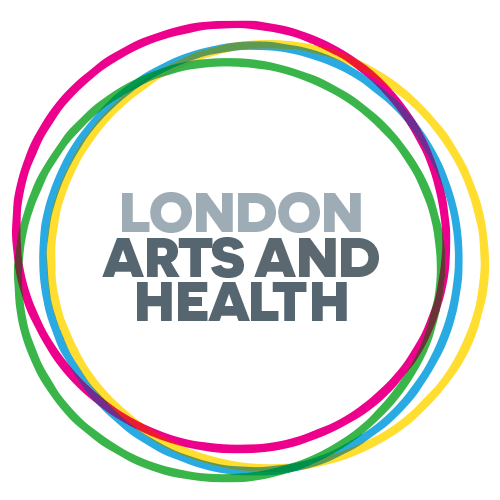This new report looks at targeted participatory opportunities for people experiencing mental health problems to…

Orchestras in Healthcare: where are we now?
A new report published yesterday explores how Orchestras are working within Healthcare, and includes case studies and insights drawn from a sector survey.
With comprehensive data drawn from all four UK nations and a selection of seminal case studies, the report on our second Orchestras in Healthcare survey deepens understanding of the scope and depth of this work. Its significance in supporting individuals’ and communities’ health and wellbeing has never been more widely acknowledged, as endorsed by James Sanderson (NHS England) and Darren Henley (Arts Council England) in their forewords to the report.
Building on a 2021 recommendation for enhanced networks for collaboration between the sectors, the group behind the second report now includes two NHS England representatives. Their input to our analysis of the data, and its significance for cross-sector work, has been invaluable.
The report spotlights encouraging signs for continued development as well as some learning points for the orchestral sector.
Key findings indicate a remarkable 68% increase in average funding per orchestra for healthcare initiatives, with 24% newly sourced from avenues such as co-investment from NHS charities. Healthcare activities contribute, on average, 32% to orchestras’ income in the broader learning and participation category, underscoring a robust business case. Symphony orchestras with less flexible models may miss out on these opportunities.
The positive trend of increased support from orchestra managements for musicians, their wellbeing and creative and reflective practice aligns with recruitment and retention goals, reinforcing both the creative and business cases for orchestras to work across the health and social care sectors. We believe this holistic way of working should be adopted universally across the sector.
While celebrating successful collaborations, the report calls for further research to illustrate the social value of this work, aiding effective storytelling for policymakers, funders, and commissioners.



